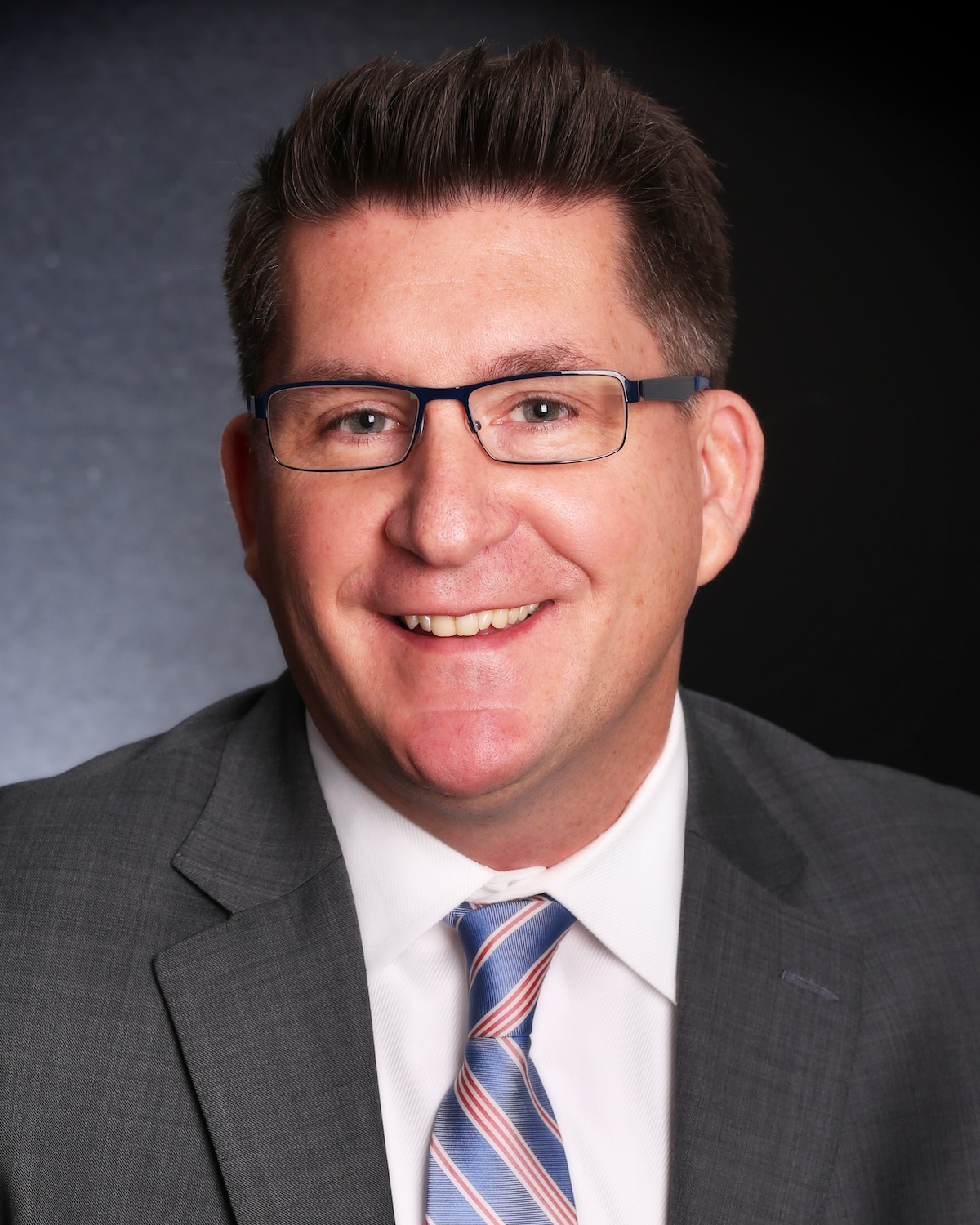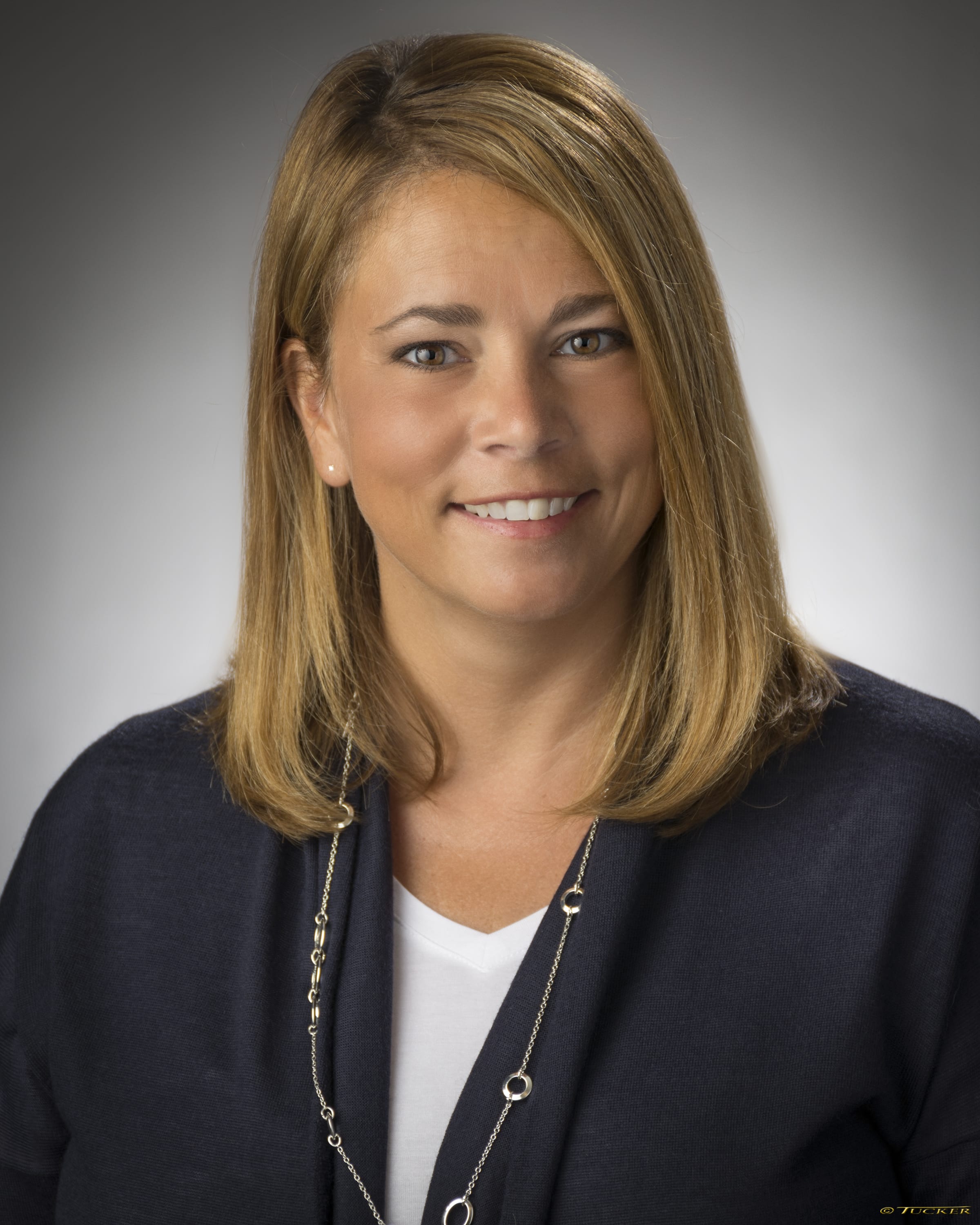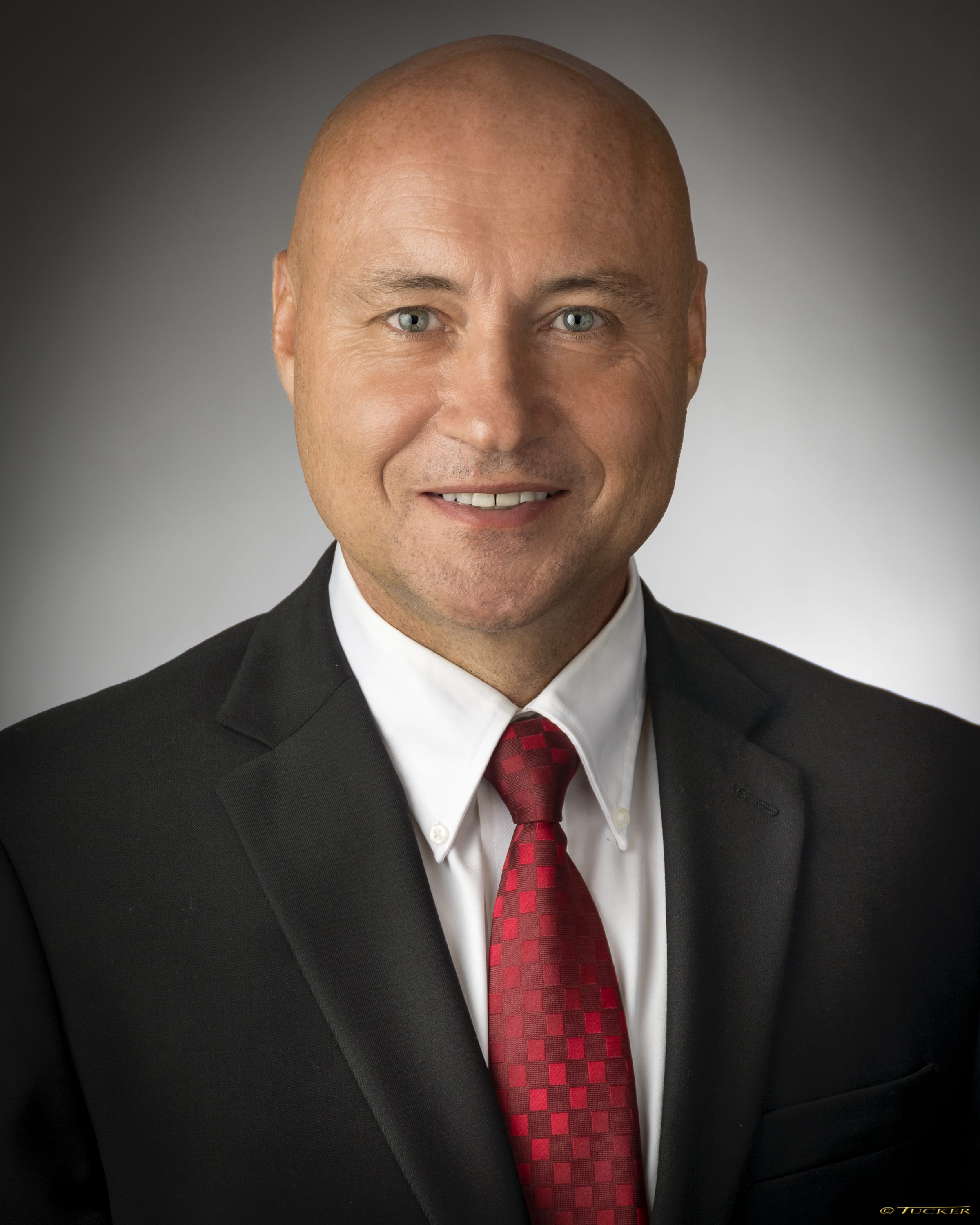The New Age of Servicing
Industry Update
May 10, 2017
Servicers counting the ripples in the wake of a new administration, rising interest rates, regulatory changes, technological advancements, and a new generation of borrowers can certainly find themselves in a sink-or-swim situation. The industry is evolving before our eyes, and the cumulative effect of undergoing such a tide turn is that we’ve entered a new age of servicing.
To not only survive but also succeed as a next-generation servicer, the status quo must fall by the wayside. Servicers need to stay a step ahead in their practices to build their businesses and their relationships now and into the near—if still unfolding—future.
Navigating the Here and Now
The Federal Reserve recently raised the target for the federal funds rate to a range of 0.75–1 percent, effectively pushing up mortgage rates—they’ve increased roughly 25–30 basis points since late last year—and putting the industry on notice that the Fed is encouraged by the economy’s performance and plans more increases this year.
Although many mortgage originators are now grumbling about the impact rising rates will have on the market, it is important to keep some historical perspective in mind. Mortgage rates are still incredibly low, and those in the business with gray hair can remember the days when mortgage rates hovered in the 7-9 percent range after more than a decade of rates that were typically above 10 percent.
However, that’s not to say that rising rates won’t impact mortgage bankers—in ways both positive and negative. Originators that have focused much of their business in the refinance space will find it challenging to switch gears and build their purchase business, while smart lenders have already begun that process and will find it easier to navigate the market shift.
On a macro level, rising rates should be taken as a welcome sign that our economy is healthy and ready for some strong growth. Within the mortgage space, the market should begin to find a more stable “normal” purchase-oriented balance. Private money will also begin to return to the market, which will help spur some desperately needed innovation in non-QM lending.
Mortgage bankers and servicers also face a new administration in Washington, D.C., that is promising radical change. While it’s early in his term, it appears that President Trump intends to make good on his promise to ease the regulatory burdens that have made it difficult for businesses to thrive and the economy to grow. The industry should be particularly encouraged that he has appointed to office men and women who have run successful businesses themselves.
When it comes to the top regulator, the Consumer Financial Protection Bureau (CFPB), significant change may be on the horizon there as well. Pending litigation (PHH Corporation vs. CFPB) could alter the very structure of the agency and could give the president more direct control over the director, who currently can only be removed “for cause.”
Policy and politics aside, servicers must be ready to embrace change in the market. Rising rates mean consumers will be more likely to hold on to their loans and build equity. Instead of reading about “strategic defaults,” homeowners will watch their homes increase in value while paying down their loans. In fact, this scenario is already happening. ATTOM Data Solutions recently reported that foreclosure activity is at a 10-year low.
Rising rates also mean servicers have a great opportunity to build lasting relationships with their customers. In particular, servicers can begin to really leverage technology and social media not only to service a loan but to truly connect with their customers as well. In addition to having borrowers who are loyal, today’s technology can help streamline operations and mitigate the high cost of servicing in the era of the Dodd-Frank Act and the CFPB.
The Millennial Impact
By now, every mortgage industry professional has read or heard about the millennial generation. Virtually every mortgage conference and seminar for at least the past five years has emphasized the impact millennials would soon have on the housing market. Here are a few key statistics about the generation that will carry the housing market for several decades:
By 2020, Brookings estimates that one in three Americans will be a millennial, and by 2025, millennials will constitute a whopping 75 percent of the workforce.
According to Zillow, more millennials (65 percent) consider homeownership an essential part of the American dream than any other generation.
While they are still “on their way,” millennials are, in significant ways, already “here.” LendingTree recently reported that more than one-third (36.1 percent) of all mortgage requests through its site are from borrowers age 35 and younger. Zillow estimates that up to 42 percent of all homebuyers last year were millennials.
All millennials aren’t stereotypical internet-start-up urbanites. Almost half of all millennial homebuyers live in suburban neighborhoods, and another 20 percent live in rural locations.
Further, researchers at NerdWallet estimate that two-thirds of millennials haven’t even reached the average homebuying age of 31, and 22 percent are still under 25 years old.
Millennials have just begun to arrive, and connecting with them isn’t just the job of the mortgage originator; servicers, too, must act now to create a culture within their companies that values building long-term relationships with their borrowers.
Geared for Interactive Technology
Beyond millennials’ raw numbers and purchasing power (Forbes estimates it’s at least $200 billion), understanding how to connect with them—as well as Generation X—is crucial. First, company websites and social touch points that aren’t mobile friendly may as well be selling Atari systems or vinyl records. Research indicates that 90 percent of millennials use smartphones, 93 percent access the internet on mobile devices, and more than half (53 percent) own a tablet. In between charges, millennials are spending an enormous amount of time on social media—more than six hours per week on average.
This is a huge opportunity to speak to potential customers no matter where they are and actively engage with them in a meaningful way. Today’s consumer won’t buy a product just because they see a TV ad. No longer passive consumers, they want to actually interact with brands.
In many ways, millennials and other internet-savvy generations are becoming more and more immune to traditional forms of advertising. Children who can’t yet talk or walk already understand how to skip an ad to get to the content or game they want. A consumer with that mindset will only respond to content that provides them value. That’s why interactions with them cannot be superficial. Companies must work harder to truly connect with them.
Active Engagement Earns Allegiance
Examine how pop culture icons like Kanye West, politicians like President Trump, and companies like Seamless have maximized their social media platforms by doing more than just posting occasional messages. They engage with their audiences and do so frequently, generating intense brand loyalty.
While mortgage servicers may not have a new album, policy, or menu item to promote, this is where they can turn what is frequently a weakness into a strength. Consider this: What is the most common complaint consumers have about their mortgage servicers? Too often, it is customer service, as the industry hasn’t done enough to effectively communicate with borrowers.
Legacy processes and procedures are geared to satisfy statutory and regulatory rules, and that often means mail, phone, and email communication. However, social networks provide a great opportunity for improving customer service, and successful servicers will soon have dedicated staff scanning social media sites and resolving issues by communicating through Twitter, Facebook, LinkedIn, Snapchat, and more.
Many servicers already have such social media staff in place and are encouraged to see customers proactively reach out to them on social media channels. Online crowdsourced review sites like Yelp provide businesses a chance to monitor consumer sentiment and potential issues in real time. Clearly, with a more responsive, customer-focused approach, servicers can address issues before they see complaints publicly displayed in a government database.
This approach will also provide new business opportunities. Forbes research reveals that 62 percent of millennials say that a brand that actively engages with them on social networks is more likely to earn their loyalty. This 35-and-younger crowd has mostly grown up in a connected world, and just like marketers in the past used catalogs, radio, and television, social media is where today’s consumer can be found.
Additionally, utilizing the mountain of available data and targeted content can increase the effectiveness of messaging. The right message at the right time to the right customer is only possible when marketers know who they are and what they need.
Technology’s Many Roles
New technology isn’t limited to just social media, however. The ability to increasingly automate and streamline servicing operations is crucial to reducing overhead and compliance costs, which have skyrocketed over the past decade.
In addition to fueling growth strategies, new technology will help the industry defend and protect both customers and companies. Considering the threats out there, cyber security is a critical component of any business plan. Intrusions into systems threaten customer personal information and data, and it is incumbent on servicers to take that seriously and invest resources in defensive measures. These efforts should also include hosting high-level executive discussions about what do to in the event of an attack as well as creating and maintaining updated disaster recovery plans.
Although it promises much, technology should not be seen as a silver bullet. While gaining efficiencies and mitigating rising costs are important, losing touch with consumers would be a fatal mistake. The key is to find balance between the need to utilize technology and the necessity of maintaining a human touch with borrowers. This is where social media can be a powerful tool; it’s an effective way to reach borrowers with a personal touch that goes beyond simple auto-generated letters and oft-ignored robocalls.
Today’s mortgage servicer should already begin to think of itself as “tomorrow’smortgage servicer.” New technologies need to be adopted and adapted to existing systems and personnel, not only to streamline operations but to take advantage of rising rates to build relationships with customers, as well.
If rates do continue to climb, many of them will be customers for a long period of time, and servicers need to think not in terms of loans, but loyalty. If companies’ leaders build that kind of culture, they will find that rate fluctuations won’t matter as much. Customers will trust their servicer and, in turn, provide a host of new business opportunities. That’s the future of servicing.
Source: MReport











